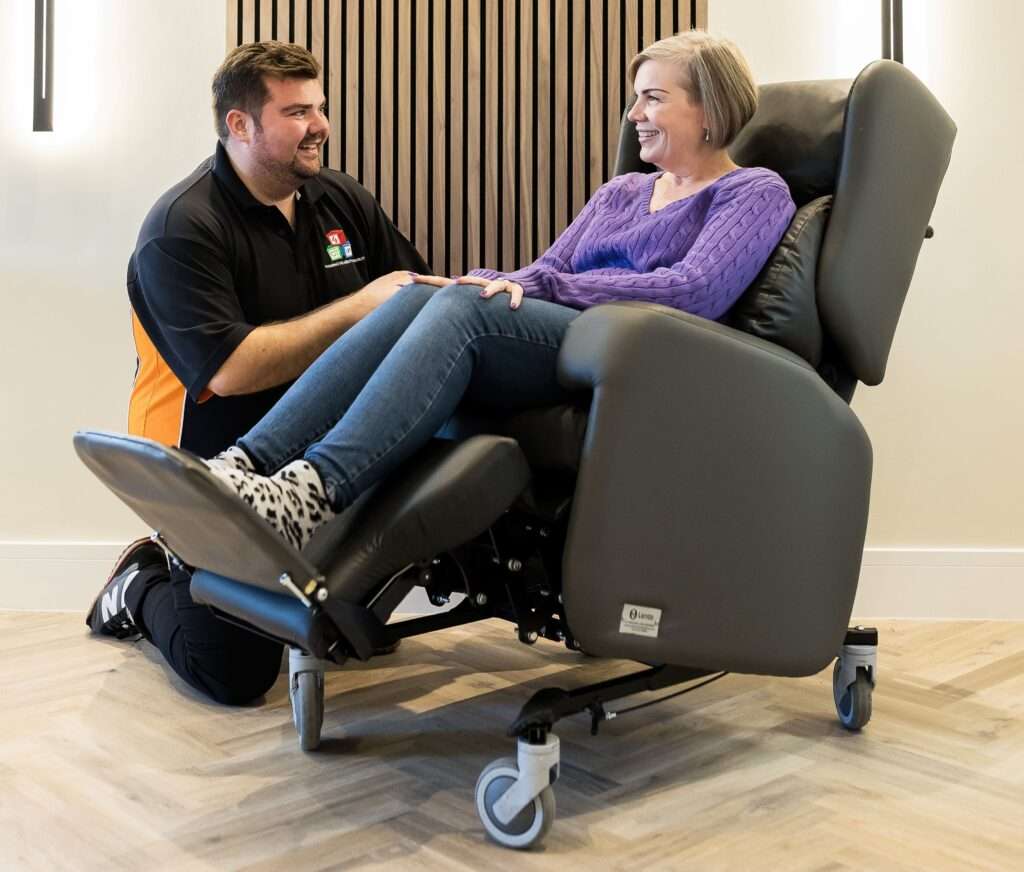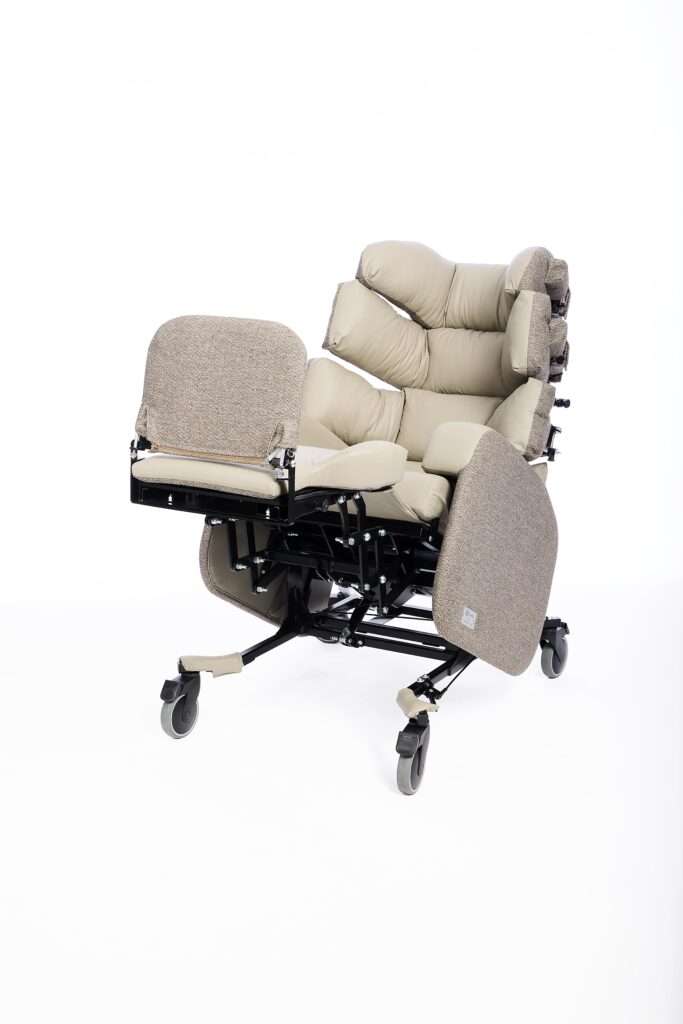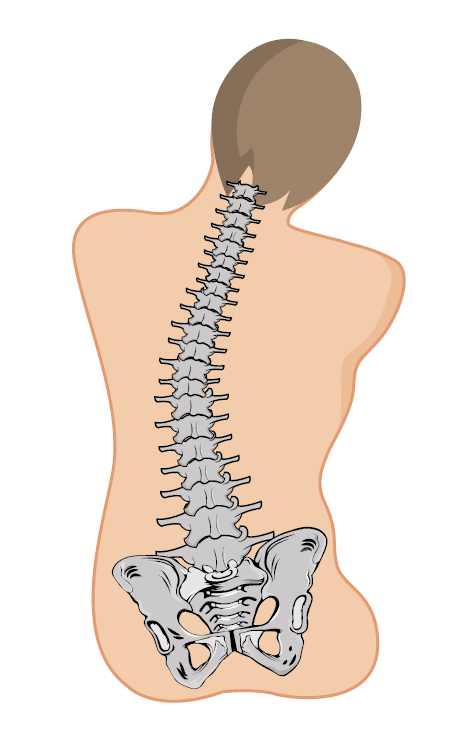There are over 1,250 special educational needs (SEN) schools across the UK. SEN schools educate and care for children with diverse physical and learning disabilities, all of which have different clinical presentations and complexities. Specialist seating can help to address a range of issues that disabled children may experience at school. From poor posture and pressure sores to contractures and incontinence issues, incorrect seating can cause all sorts of problems.
By providing special needs seating, schools can ensure children are supported and comfortable. This allows students to better focus on learning and socialising. Specialist seating can also reduce the workload for teachers and other support staff. The right chair will prevent a child from slipping or falling out of their seat and help with repositioning, meaning there’s less need for hands-on support.
Jump straight to…
What to look for in special needs seating for schools
Now that we’ve covered some of the benefits of specialist seating for SEN schools, what features should you be looking for when choosing special needs seating?
There are four key things that should be included in chairs for SEN schools — easy cleaning, mobility, adjustable support and positioning, and adjustable sizing. Let’s take a look at why they are so important!
1) Easy cleaning
Children and teenagers can be messy — that’s something most parents and teachers would agree on! So, finding furniture that’s easy to wipe down and clean at the end of the day is important in any school setting. But in SEN schools where students may have incontinence issues, it is critical that any seating is easy to clean.
When choosing special needs seating for schools, look for chairs with the following features that enable easy cleaning:
Durable, waterproof materials
A good chair for SEN schools will have fabric that is strong to avoid tears and waterproof to avoid ingress and bacteria growth. Ideally, it will also be wipe-clean so staff can quickly clean up after any spills or accidents to keep the chair comfortable and hygienic for the student.
Vinyl or Dartex are both great options!
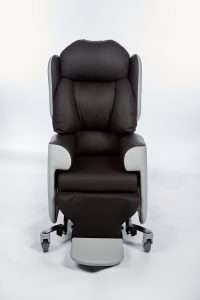
This Little Lento children’s chair has black Dartex covers on the seat cushions & grey Vinyl on the armrests and footplates. So it is very easy to wipe clean.
Removable cushion & washable covers
When more intense cleaning is required, it is helpful to have a chair where the covers can be removed from the cushions to be washed or replaced.
It’s even better if you can also remove the cushions altogether. This prevents any fluid or debris from getting trapped in the chair as you can strip it back to the frame and clean each part of the chair as required.
2) Mobility
For children with limited mobility that require assisted or hoisted transfers, moving between a classroom chair and their wheelchair throughout the day can be uncomfortable and time-consuming.
Choosing a chair that has wheels and is mobile can significantly reduce the number of transfers needed each day. It gives students the option to stay in the same chair all day if they prefer.
A mobile special needs chair can easily be used to move children between classrooms, to the bathroom, and even outside!
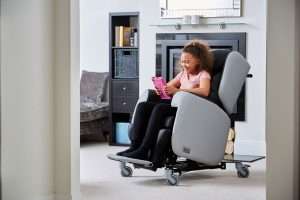
4 castor wheels make Little Lento highly mobile, there are also easy to use brakes that lock the wheels in place when not in use
Having a chair with wheels makes it far easier to get around the school. But it can also help children with special educational needs to get more involved in the classroom. A student that is confined to a static chair may feel isolated or excluded from activities in other areas of the classroom.
By providing a chair with wheels, their chair can easily be repositioned. This means the student can engage with others more freely.
3) Adjustable Support/Positioning
The support students in SEN schools require can vary greatly from one child to the next.
A child with cerebral palsy might experience stiffness or muscle weakness and require a tilt-in-space function to reposition them in their chair throughout the day. Whereas a child with spina bifida may well have curvature of the spine, so they require lateral supports to protect their posture and avoid leaning where possible.
By opting for chairs that offer flexibility and adjustable options for support and positioning, schools can ensure they have specialist seating that meets the needs of most of their students.
Choosing a flexible chair also helps SEN schools prepare for the potentially changing needs of their students. Throughout childhood, how conditions present can change. Different issues may emerge, improve or deteriorate. A chair that allows you to adjust levels of support and positioning can accommodate many of these changes.
Some of the key support and positioning features to look for are:
- Tilt-in-space: The seat and backrest recline together to maintain proper positioning whilst redistributing the user’s weight across the chair.
- Pressure relief: Look for different cushion options to suit high, medium, and low-risk users.
- Adjustable leg rest & footplate: To accommodate stiffness and contractures.
- Backrest options: Look for the option to switch out backrests to offer more/less trunk support as needed.
Not also does the Little Lento offer different backrest options, it comes with all of the features listed above.
4) Adjustable Seat Sizing
Seat sizing is crucial in special needs seating. If a chair does not fit the user correctly then they won’t get the full benefit of any other features – like tilt-in-space or lateral supports.
In some cases, incorrect seat sizing can even cause new problems. The user may start to lean and develop poor posture, or the chair might rub against their hips or knee bend causing pressure damage.
To avoid this, SEN schools should choose a chair that can be sized to perfectly fit the individual student.
Unfortunately, funding in schools is limited. Ordering a bespoke chair for a child, only to find they quickly outgrow it and it can’t be reused because it doesn’t fit any other students, simply isn’t possible. That’s why choosing a chair that can be easily resized is key.
Special needs seating with adjustable seat sizing can be extremely cost-effective for schools. A single chair can grow with an individual child over several years. Then it can be cleaned, resized and used again for another child!
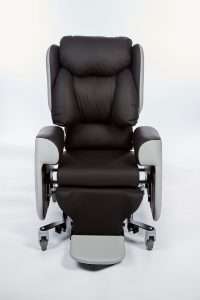
Little Lento can be completely resized in just a couple of minutes – no tools required!
Recommended Chairs for SEN Schools
Our top pick for special needs seating for schools is Little Lento, the supportive and comfortable care chair provides all four of the key features that are important for SEN school. Plus, Little Lento has been designed especially for children! Each component has been developed to suit the smaller frame and body size of children.
If your school requires special needs seating for teenagers or taller children, then we suggest the Lento. It offers all the same features as Little Lento, just on a larger scale to suit people over 5’ 2”.
To book a demonstration of the Lento or Little Lento, give us a call on 01423 799960 or email [email protected].
Summary
Special needs seating can provide the support students and staff in SEN schools need. It can help with everything from posture to social interaction. In a busy school setting, where funds are often limited and students have a diverse range of needs, there are 4 key features specialist seating should offer. These are easy cleaning, mobility, adjustable support and positioning, and adjustable sizing. Little Lento and Lento care chairs are highly flexible which makes them great, cost-effective options when choosing specialist seating in SEN schools.






